When it comes to the world's most dangerous foods, people's first thoughts are probably exotic foods that most people will never come into contact with. However, some of the foods that are ranked as dangerous may be sitting right in your fridge.
Dr. Keith Kantor, a nutritionist in the US, shared with Insider a list of foods that are harmful to humans, including many world-famous specialties.
Puffer fish
Fugu (or pufferfish) is one of the most poisonous foods in the world. However, because of its delicious taste, this fish is still caught and used as a dish in many countries. Pufferfish sashimi is on the list of the most expensive dishes in Japan.
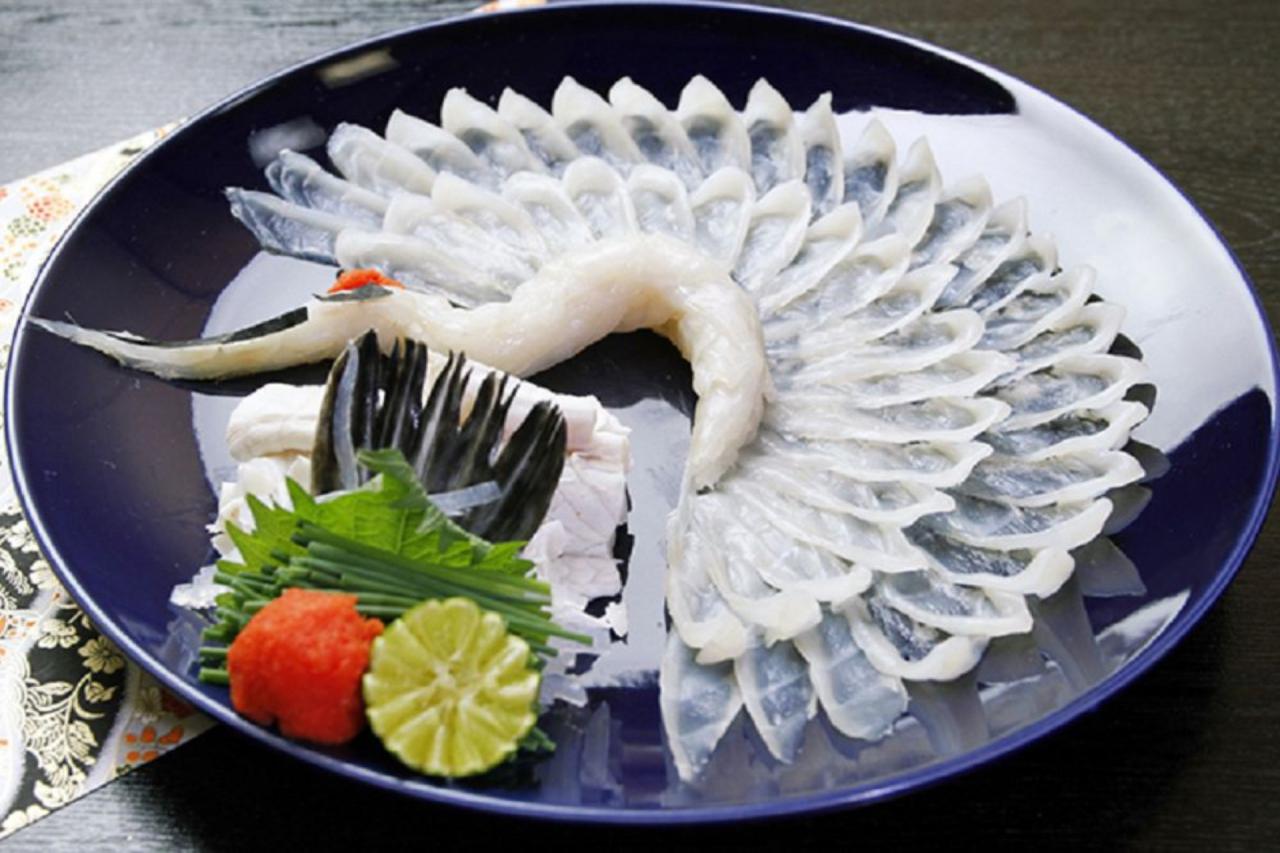
In the United States, the import of pufferfish is strictly controlled and there is only one supplier approved by the FDA (US Food and Drug Administration).
According to National Geographic, if not prepared properly, puffer fish is 1,200 times more deadly than the extremely toxic chemical cyanide.
Casu Marzu Maggot Cheese
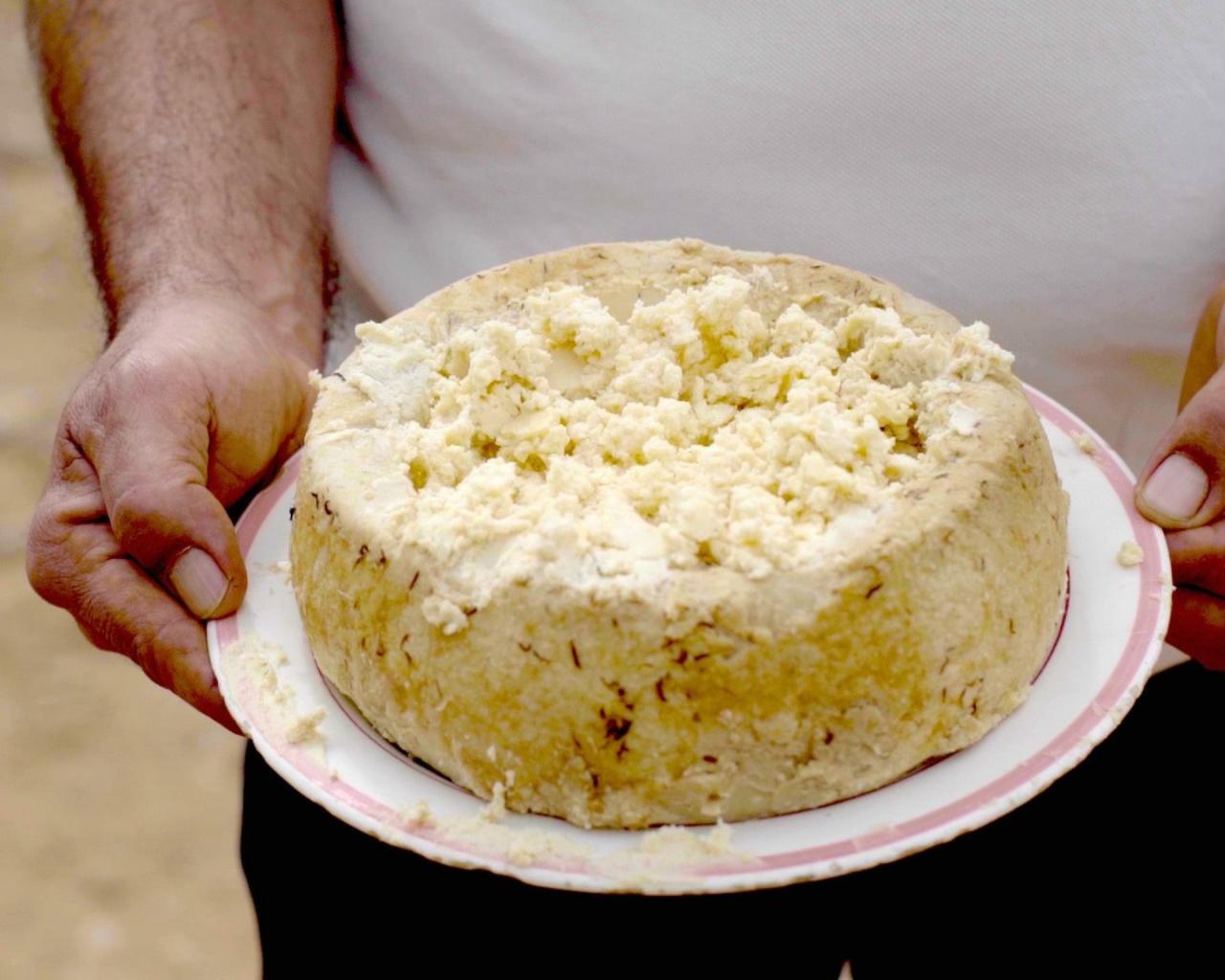
The famous live maggot cheese casu marzu is ranked as "the most dangerous and horrifying in the world" because it contains thousands of live maggots hatched from fly eggs, but is an extremely popular specialty in Sardinia, Italy.
The larvae of this fly are white, soft, and about 8mm long. A “ripe” wheel of cheese contains several thousand live maggots.
When enjoying Casu marzu, people often close or cover their eyes because the maggots will try to jump into your eyes with quite high accuracy and the ability to jump up to 15cm. Those who want to enjoy this cheese are warned in advance about the risks of allergies, stomach flukes and intestinal larvae infection. However, the people here believe that Casu Marzu must be eaten while the maggots are still alive to avoid being poisoned.
Casu marzu is recognized by the Guinness Book of World Records as the world's most dangerous cheese.
Sannakji (Live Octopus)
Sannakji or live octopus is a unique dish of Korean cuisine .
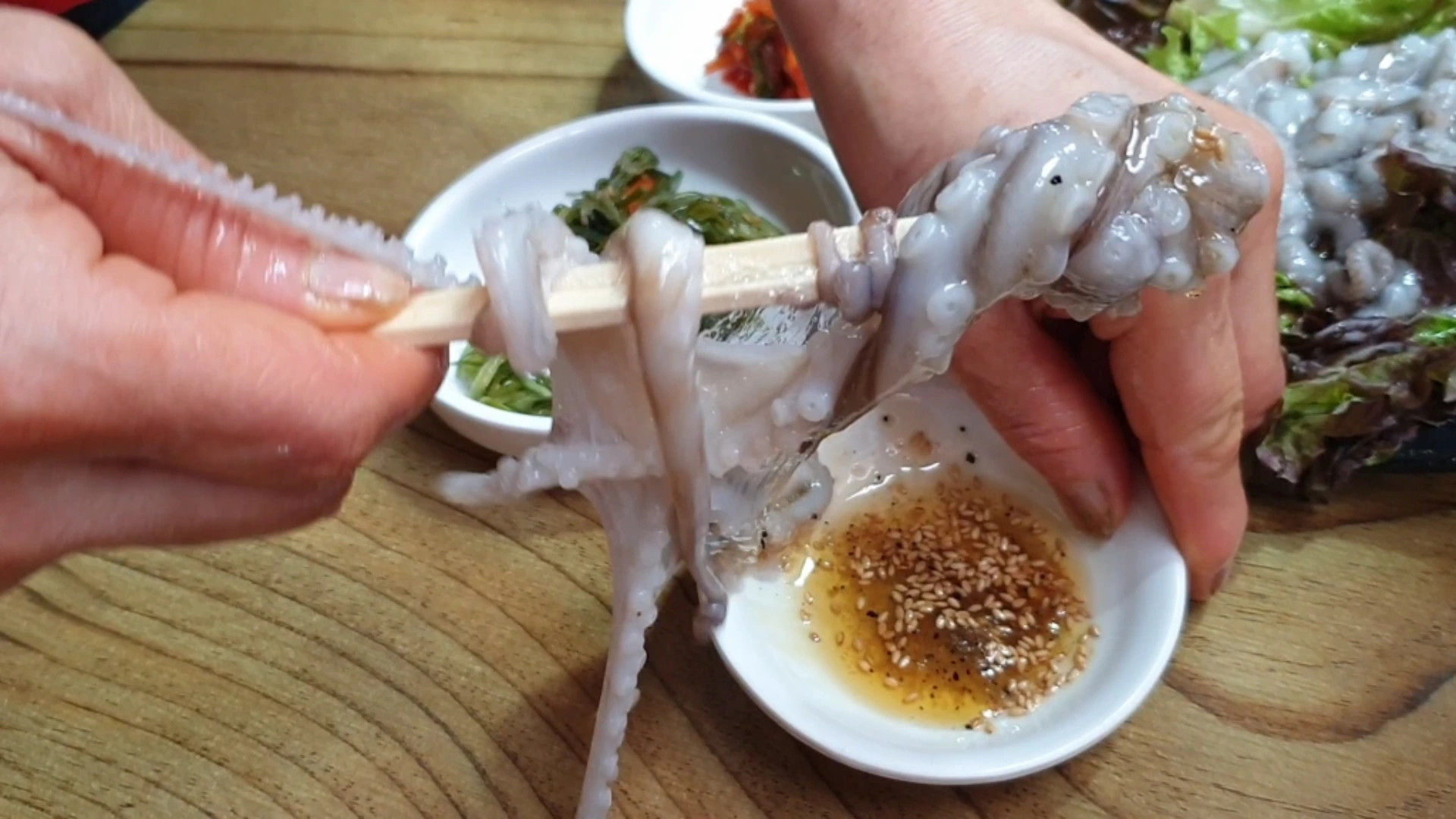
Not famous for its delicious and unique taste, but the "horrifying" way of enjoying it has made people remember it forever. The octopus sashimi pieces are put into the mouth while the tentacles are still wriggling and wriggling.
The suction cups on an octopus's tentacles can get stuck in your throat and cause choking if you don't chew them thoroughly. According to American culinary magazine Wine & Food, an average of six people die each year from choking on sannakji.
Unpasteurized cheese
You will never be able to eat authentic Camembert cheese in America.
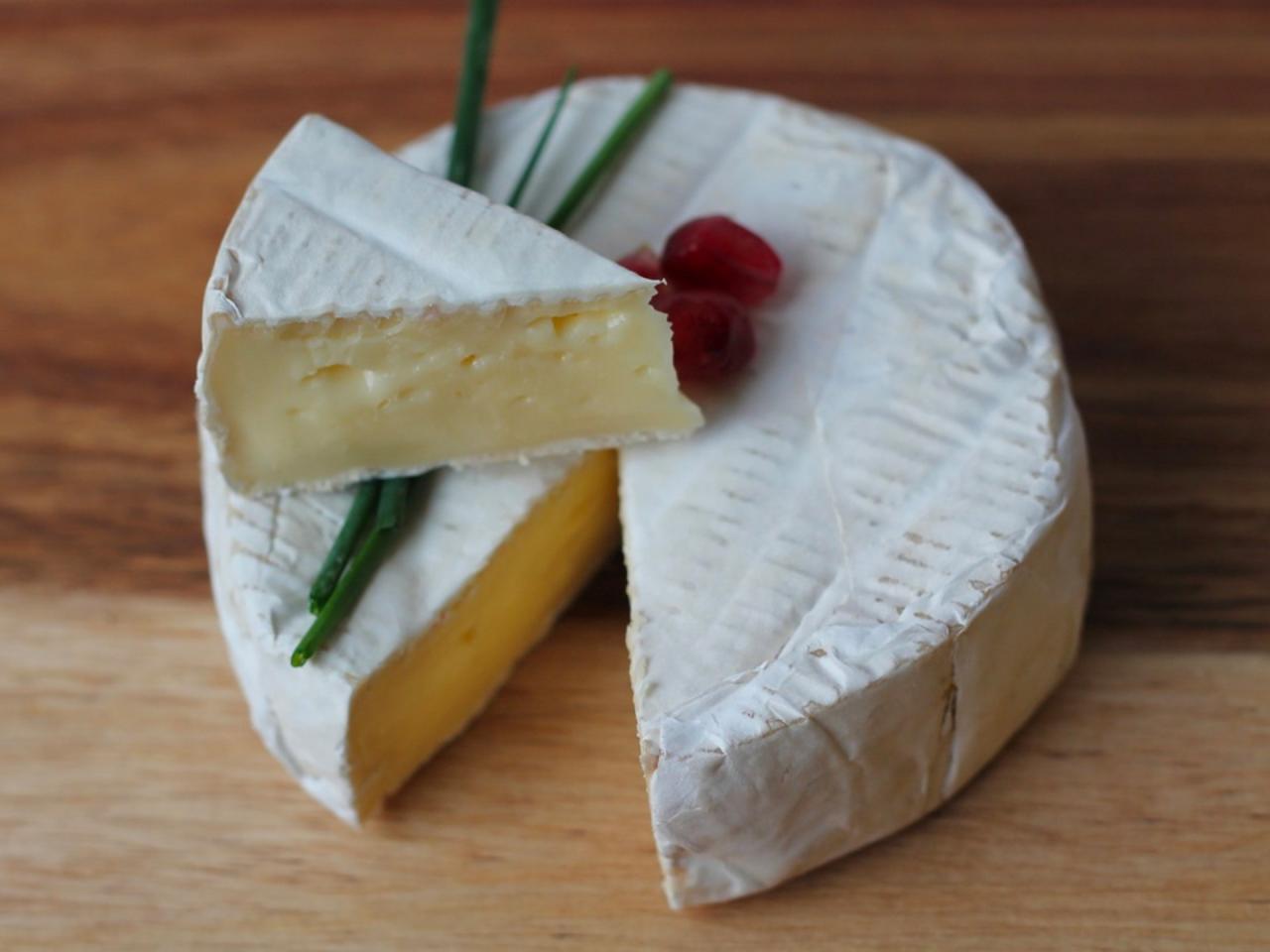
According to the FDA, Camembert cheese is made from raw milk (non-whole milk) and therefore, it can contain all the harmful pathogens and bacteria found in food, which can cause dangerous illnesses.
Under United States Department of Agriculture (USDA) law, raw milk cheese is prohibited from sale unless it has been aged for at least 60 days at 35°F (1.67°C), whether imported or domestically produced.
Hákarl (Fermented Shark)
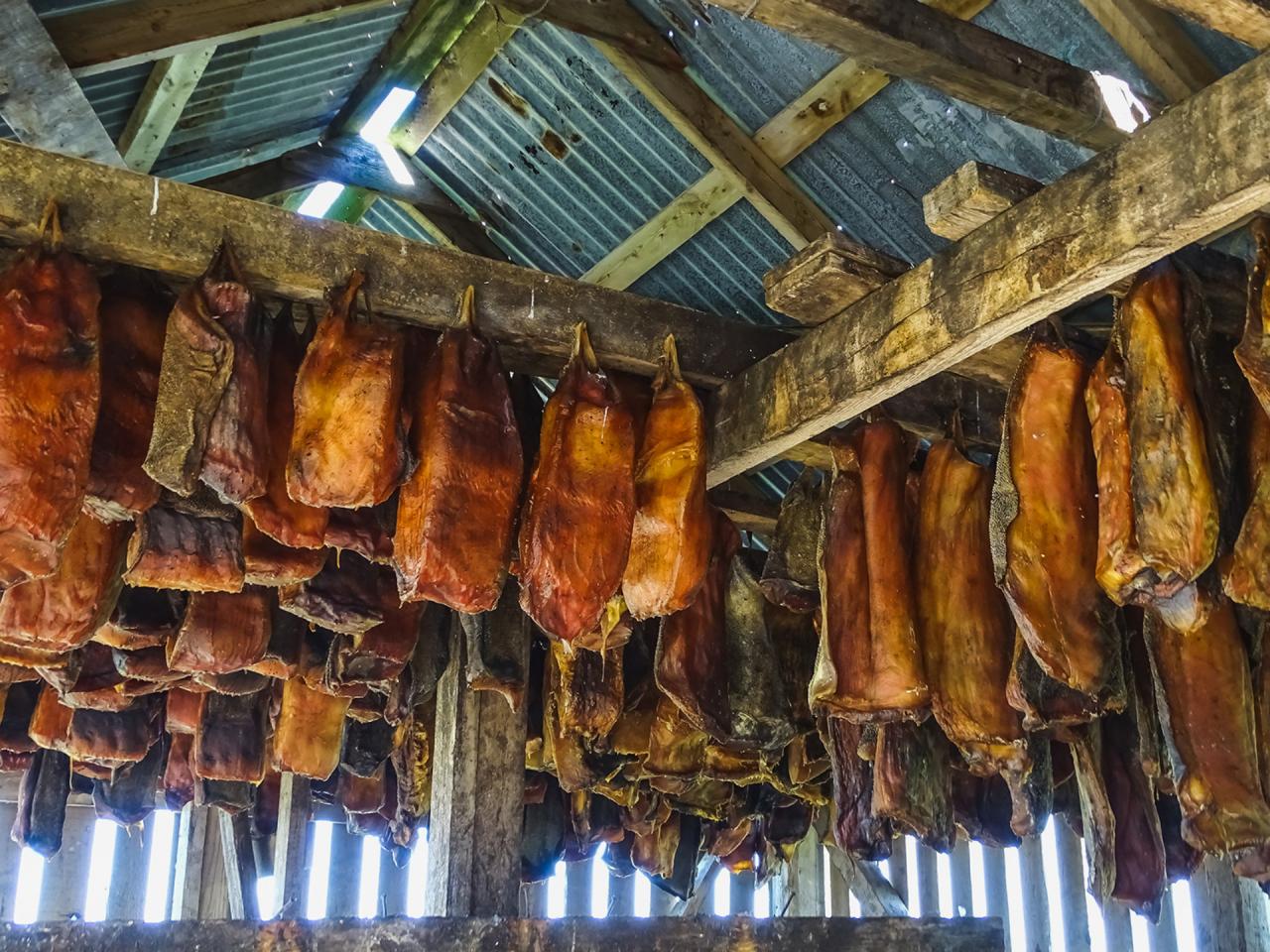
Fermented shark Hákarl (rotten shark) is a national dish of Iceland. Raw shark meat is toxic to humans because the Greenland shark's body contains high levels of urea and trimethylamine oxide. Just a few bites of the raw meat can make you feel drunk. So the shark meat is processed and hung to dry or even buried in the ground for 3 to 5 months, according to Seabourn Current.
According to the Canadian Food Safety Institute, eating raw shark meat in large enough quantities can cause intestinal problems, nervous breakdown, seizures or even death.
Shellfish
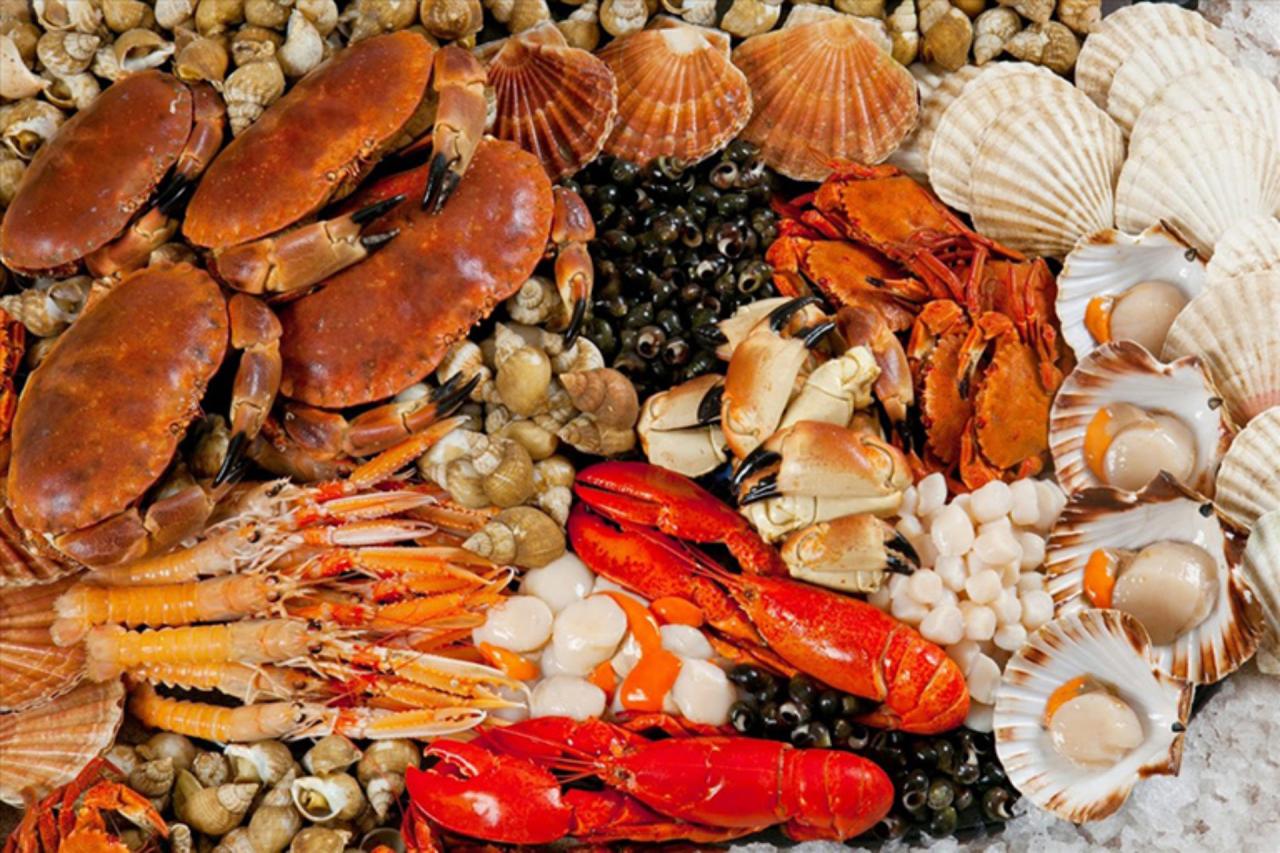
Shellfish can absorb dangerous bacteria from the sea.
“Uncooked or raw shellfish are particularly dangerous because they can absorb harmful bacteria from the sea,” says Dr. Kantor. “They should always be cooked. Be careful, especially with raw oysters.”
Additionally, shellfish is the most common food allergy, which can cause a serious, life-threatening condition called anaphylaxis.
Shellfish allergy can occur at any age but it is most common in adults, especially women.
Source


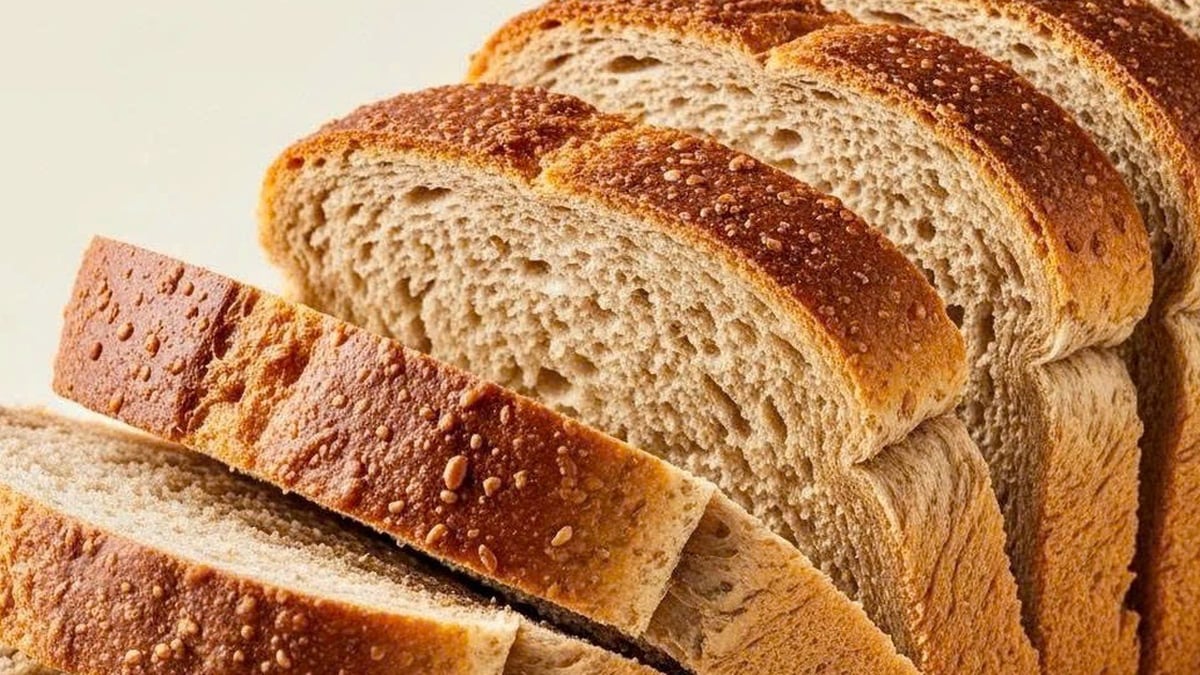

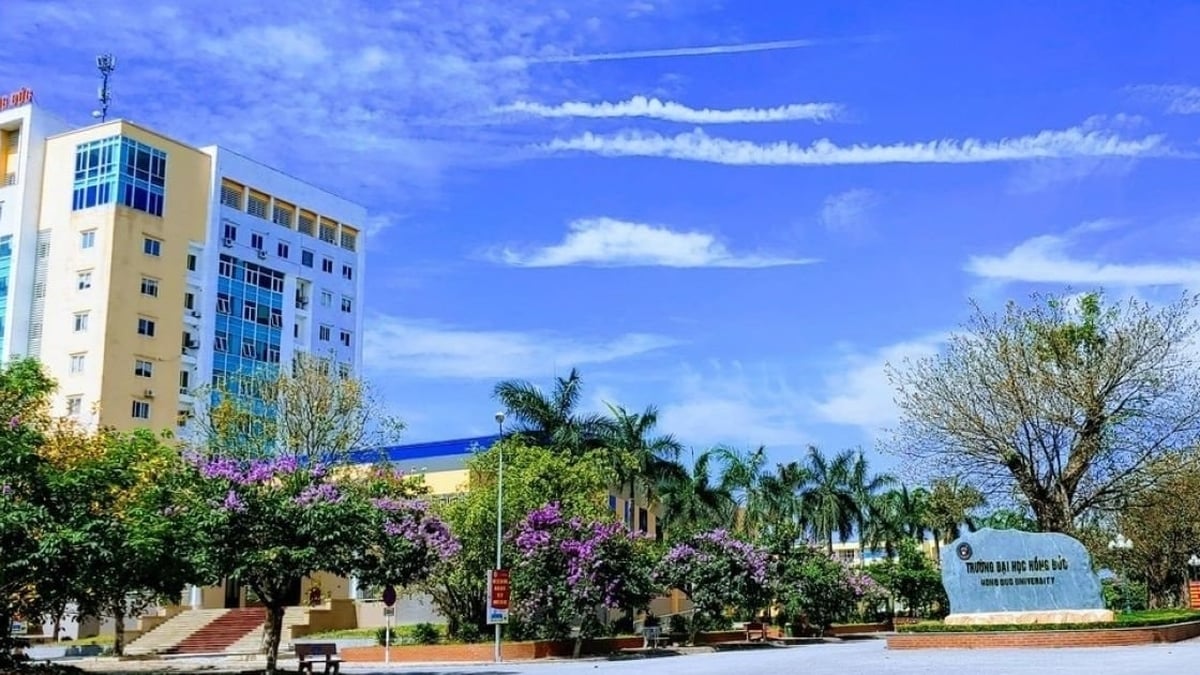
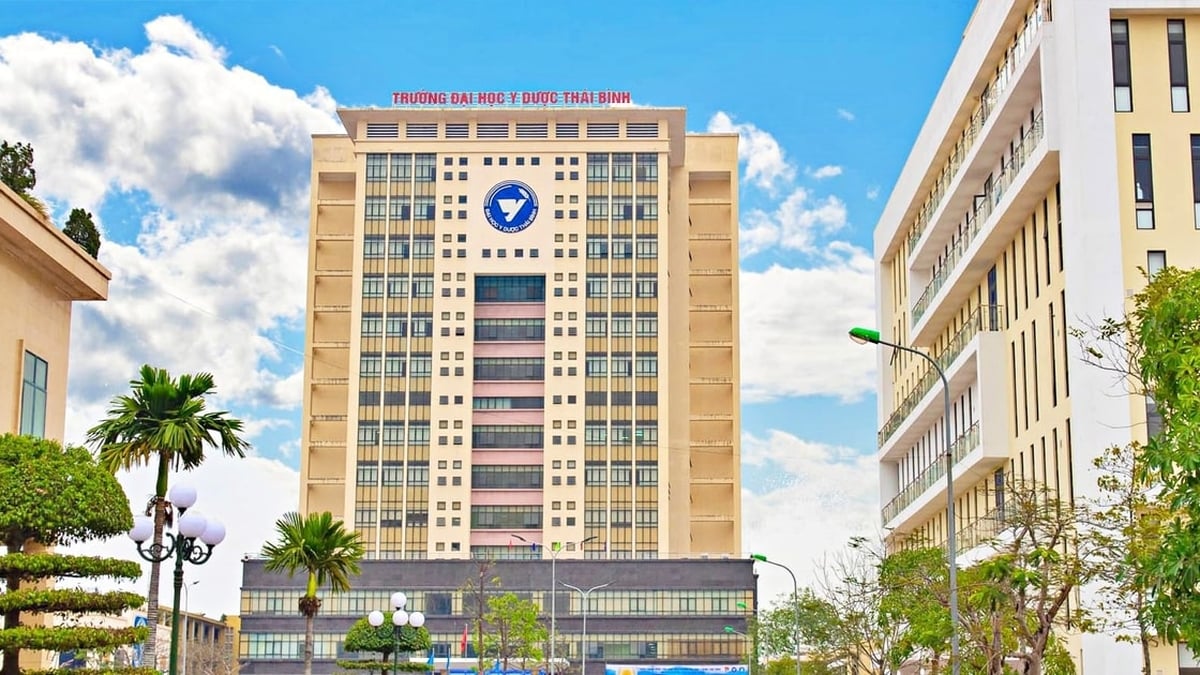


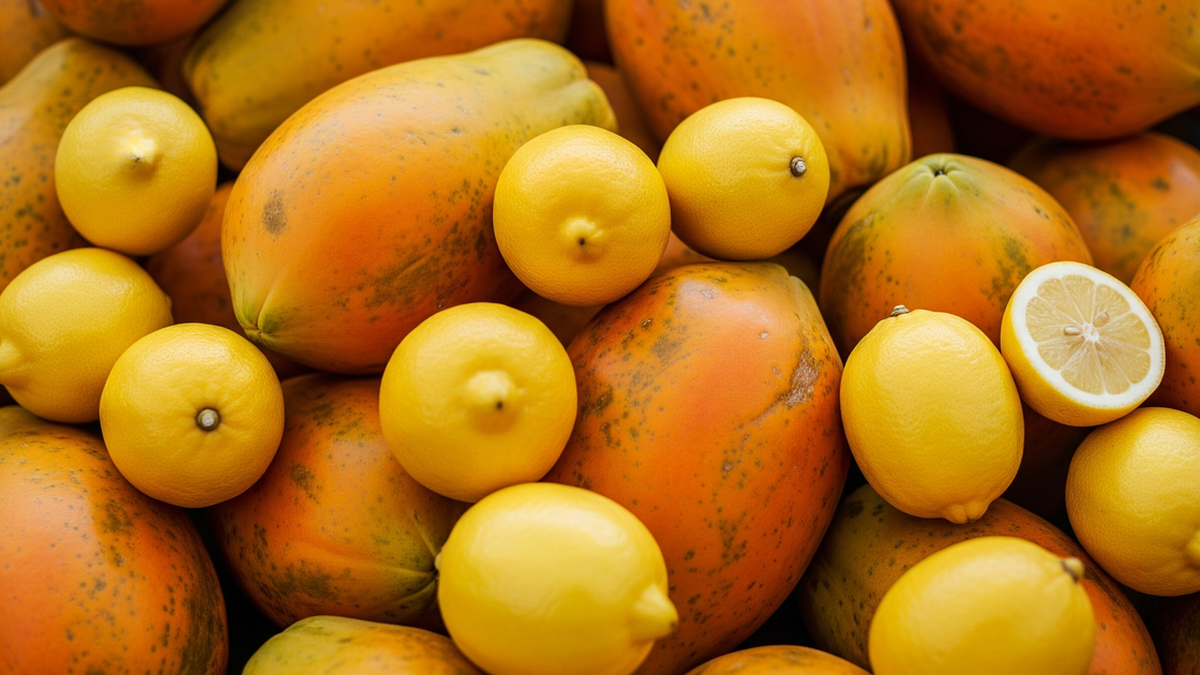
























































































Comment (0)